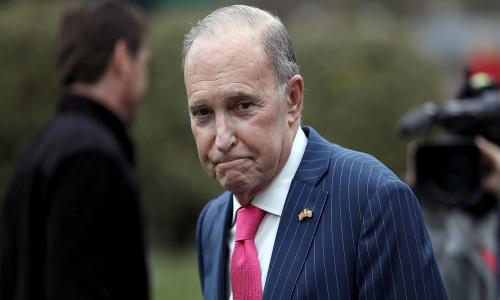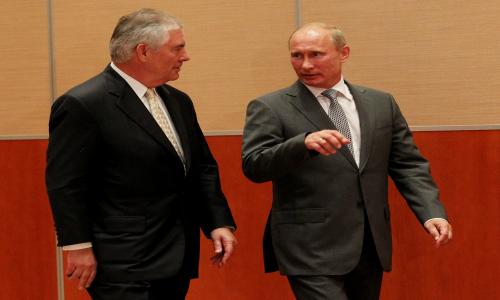We currently live in a time where we may purchase almost anything with a credit card. In places where this isn’t available, cash is king. No one can argue a dollar is a dollar, what its purchasing power is may be debatable. This faith in fiat currency is based on history, tradition and faith. Gold is easily distinguished, does not tarnish and is rare enough to be coveted. 5,000 years of history has taught us this. Silver has many practical purposes as well as monetary value; and platinum and palladium are relative newcomers.
With gold prices hitting all time nominal highs, there is this flight to it. It may be out of fear, desire or something else. People are buying gold coins and ingots and jewelry, catalytic converters become the target for thieves and great-grandma’s sterling silverware is looking like a cash cow. But, realistically we view these metals, and physical ownership of which, as a vehicle for wealth, to be converted back to dollars (or yen or euros or loonies).
When we own these physical pieces, we assume all of the risk. We assume the risk of loss and theft and devaluation along with all of the upside. However, we do not purchase bread with pieces of silver anymore. If you go to buy a house and give the broker a gold brick, you may just make the newspaper. We, as individual investors, want to convert the value to tangible dollars, how do we do this? Well, we sell our assets. Fortunately, unlike cars who lose half their value in the 30 feet from dealership to road, precious metals will not lose their value per transaction. But, to whom do we sell these assets?
We may sell the jewelry to jewelers and coins and ingots to coin dealers. Maybe we could sell this to other individual investors, by the internet maybe? If we do this peer-to-peer selling we may get a premium, but this is an exceptional amount of work. Investors will seek the easiest way to convert assets (wealth) to dollars. We are not institutions who are dealing in millions of dollars; we are average people working day jobs saving up for that trip to Europe or, more practically, retirement.
When selling the precious metals, we will most often have to take a substantial discount. Try selling a 99.99995% gold coin and you will receive maybe 85-90% of the current gold price, but on the other hand, most likely had to pay a 10 – 15% premium to buy it. It is the same thing with silver et al. Try selling a piece of jewelry and one may get between 35 – 60% of its actual worth. So one must rationalize the premium they bought with the discount they sell. Let’s look at the following example in a hypothetical situation.
As much as a having the physical gold may make one comforted, it poses a ‘disposal’ problem. To mitigate this, the advent of ETFs allows one to gain exposure to physical gold (and other metals). One may also choose to invest in mining companies. There is no simple answer and before one invests, one must weigh all factors, understanding risks, re-sale factor and financial obligation to oneself. If the US and other nations come to the point of using pieces of silver to buy bread, resale maybe the least of one’s worries. There are too many US dollars floating around and too little gold, silver, platinum and palladium to revert back to the gold standard.












Comments
ramseyste
May 23, 2010
Premiums on gold coins typically run 4-5% NOT 15%.
Use a reputable coin dealer. Hence a 10% swing in price will break you even on a gold coin buy and resell.
No need for a 30% swing to break even on coins.
What was NOT mentioned was that the profit made IS taxable at a real income rate. Not a capital gains rate.
Is this review helpful? Yes:0 / No: 0
Does it matter?
May 24, 2010
ram, you bring up a good pint in regards to capital gains. However I think the 30% illustrates the point that if gold is $1000, one will not buy it for that, nor will they sell it for that. Granted 30% may be a bit extreme, but continues to demonstrate the sensitivity of the physical metal as an investment.
Is this review helpful? Yes:0 / No: 0
Bob
May 26, 2010
85-90%? I sold some coins for $1,115 on a day that spot closed at $1,107. That = 101% I bought them 1 year earlier at $1,002 when spot was $940 = 6.5% mark up. They handed me cash $4,460 for 4 coins. No records. No tax.
Is this review helpful? Yes:0 / No: 0
Add your Comment
or use your Google account
or use your BestCashCow account